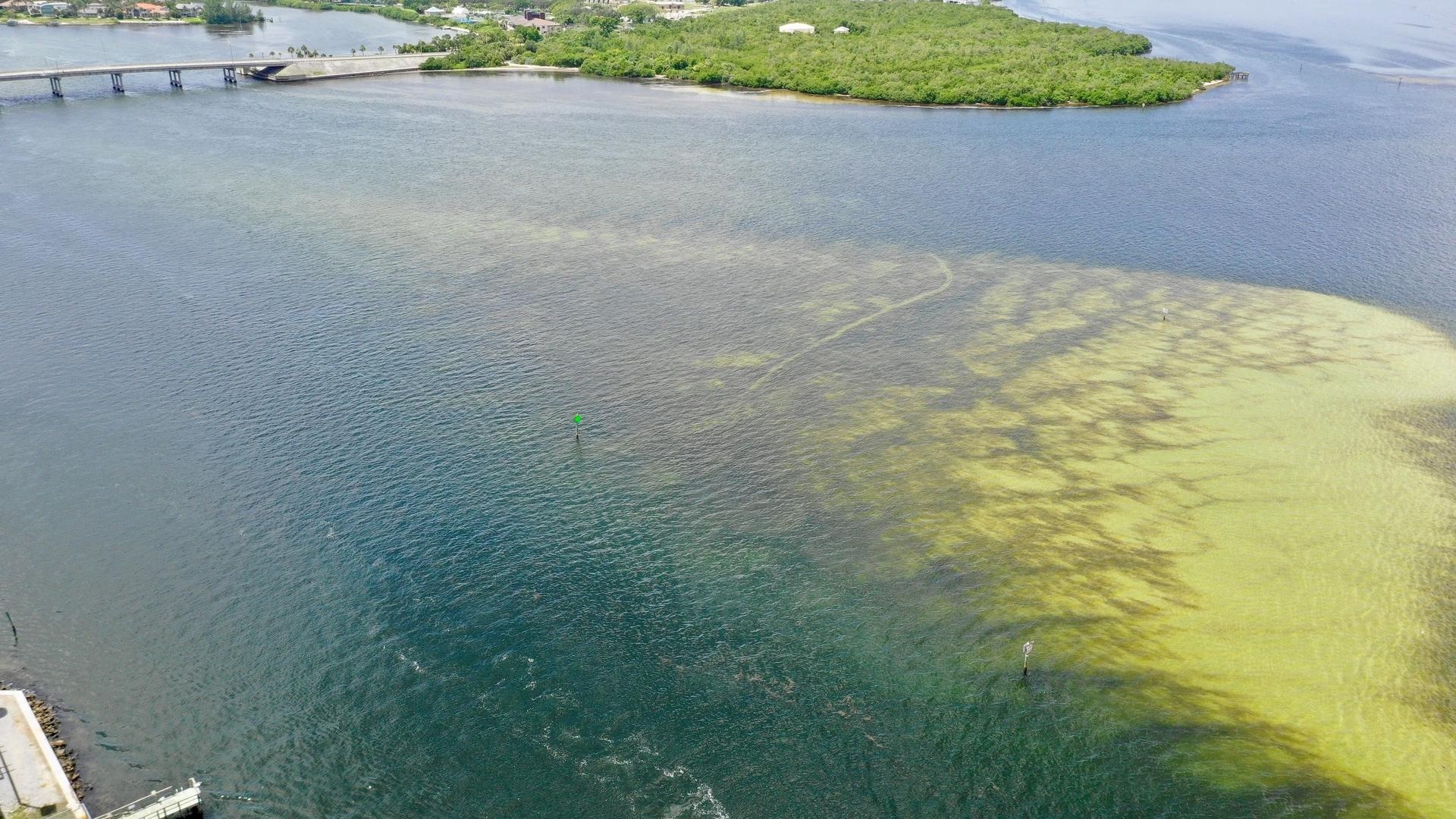The effects of changing precipitation patterns brought on by climate change have been studied extensively, but the impact of rising temperatures on the movement of nitrogen into rivers has not yet been quantified at a continental level.

Image Credit: Carnegie Institution for Science
Rising temperatures may have a larger effect on nitrogen runoff from land to lakes and streams than estimated increases in total and extreme precipitation for most of the continental United States, according to new research published in the Proceedings of the National Academy of Sciences by a team of Carnegie climate scientists guided by Gang Zhao and Anna Michalak.
These findings predict conditions that are completely contradictory to those of recent decades, when increasing precipitation has outpaced warming, resulting in increased aquatic nitrogen pollution. Assessing the relative roles of temperature and rainfall changes is critical for developing climate-resilient water quality management strategies that ensure sustainable food and water supplies.
Human activity has significantly altered the movement of nitrogen through the planet’s aquatic, terrestrial, and atmospheric systems. Nitrogen from fertilizer washes into waterways, where it can cause toxin-producing algal blooms or low-oxygen dead zones known as hypoxia. Large algal blooms in lakes and coastal areas across the United States have garnered extensive media coverage in the last few summers.
Anna Michalak of Carnegie and her colleagues have spent the last decade researching how climate change will affect nitrogen runoff and the eventual risks to water quality. One of the most difficult questions for those working to comprehend and avert serious water quality impairments is how temperature and precipitation changes affect nitrogen pollution's ability to enter at-risk waterways.
The complex soil and aquatic systems through which nitrogen travels, the chemical transformations it undergoes along the way, and the various ways in which changes in temperature and precipitation will affect these processes make nutrient management a big challenge.
Gang Zhao, Carnegie Institution for Science
Average and extreme precipitation, for instance, influence how much nitrogen runs off the land and into waterways and also how long it takes for the nitrogen to reach lakes or coastal zones, where it can ultimately cause dangerous conditions.
Temperature has an indirect impact on how much nitrogen ends up in waterways because rising temperatures increase evaporation, which prevents nitrogen from entering streams. Temperature also influences how nitrogen interacts with microbial life in soil and sediment, potentially trapping it or altering its path.
Although the impacts of climate change-induced shifts in precipitation patterns have been explored, the effect of temperature increases on the movement of nitrogen into rivers has not been quantified at continental scales until now due to a lack of available data.
Gang Zhao, Carnegie Institution for Science
Zhao, Michalak, and Carnegie coworkers Julian Merder and Tristan Ballard analyzed decades of data tracking nitrogen movement through river systems across the continental United States and used it to project future nitrogen movement trajectories under climate change scenarios.
Despite a predicted increase in precipitation, they ascertained that increasing temperatures would probably offset, or even decrease, the amount of excess nitrogen drained into rivers across the majority of the United States.
These results contradict previous decades when precipitation was more important than temperature in determining the amount of nitrogen that accumulated in the US waterways. According to Zhao, Michalak, and their associates, this research establishes a vital foundation for future research on the nitrogen cycle and climate change.
Our research illustrates the complex, and sometimes surprising, ways that climate change affects our planet’s dynamic systems. Untangling the various factors that are altering the climate change impacts on water quality will help farmers, land managers, and policymakers to pursue the best possible strategies for ensuring that we safeguard water quality, while simultaneously ensuring sustainable food production and water supply.
Anna Michalak, Carnegie Institution for Science
Journal Reference
Zhao, G., et al. (2023) Warming may offset impact of precipitation changes on riverine nitrogen loading. Proceedings of the National Academy of Sciences. https://doi.org/10.1073/pnas.2220616120